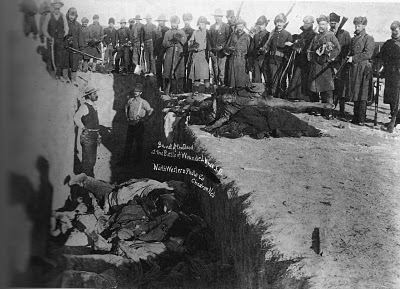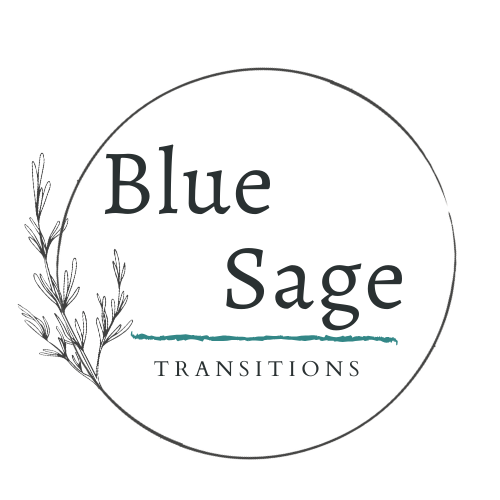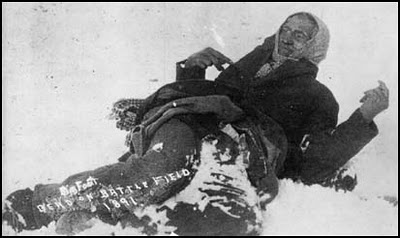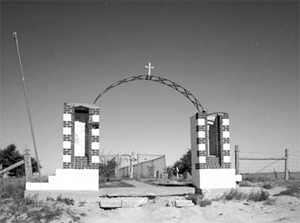A week has passed since I left the Oglala Lakota Pine Ridge Reservation in South Dakota. Sixteen undergraduate students and I spent a week there as volunteers for Re-member, a non-profit organization that "seeks to improve the quality of reservation life through relationships, shared resources and volunteer services." Although our work refurbishing a woman's house, significantly destroyed by a fire, was meaningful, and I learned many important lessons from the teaching of Lakota speakers like Will Peters, my trip to the Red Cloud Indian School Heritage Center will haunt me for life.
On the fifth day of our trip, we went on a tour of the Pine Ridge Reservation. We had heard about the challenges facing the residents of the rez: an estimated 85% unemployment rate, an average annual income of between $3,000 and $8,000, the lack of electricity and running water for many, which resulted in the desperate burning of furniture and shoes when the temperature plummeted to -45 degrees, and the local vendors demanded $300 for a truckload of firewood. We also had learned of the U.S. government's repeated betrayals of and violence toward the Oglala Lakota peoples. However, witnessing firsthand the extreme poverty and photographs of the Wounded Knee massacre at the Heritage Center brought distant statistics and stories into immediate relief.
In my estimation, December 29, 1890 marks a wound that cannot be healed. Approximately 300 Oglala people, many of whom were women and children, needlessly died that day. I try to imagine that fear more than malevolence caused U.S. cavalrymen to shoot all of these people, who were seeking refuge on the Pine Ridge Reservation, with machine guns. According to the Lakota people I heard, the murdering ensued after a deaf, mute man's gun discharged while soldiers forcibly removed it from him. (25 soldiers also died as a result of their own gunfire.)
This version of the massacre differs dramatically from those told elsewhere. Regardless of the "factual" details of this tragic event, I will always remember the photographs taken a few days later. The frozen, exposed body of the Minneconjou people's leader, Si Tanka (a.k.a. Chief Big Foot), battling pneumonia when he was killed. Cavalrymen standing over stacks of corpses with seeming pride written on their faces.
 The "Indians" defeated at last. Or, another indelible trace of humanity's barbarity.
The "Indians" defeated at last. Or, another indelible trace of humanity's barbarity.
On the morning we left Pine Ridge, the director of Re-member brought us to the Wounded Knee Memorial. From the top of the hill where this commemoration sits, one can see how vulnerable a group of people would be upon setting up camp at its foot. Once again, history and its devastations became palpable.
As I re-settle into life in my comfortable bungalow, the daffodils in full blossom, I aim not to forget the people I met, the images I saw, the stories I heard, the tragedy I witnessed on the Pine Ridge Reservation. But I also aspire to remember the compassion, humility, and remarkable forgiveness expressed by Lakota members like Keith Janis, Will Peters, and Laurence Swallow. As they taught me, amidst human cruelty also exists exquisite beauty, created by individual and collective human acts.


